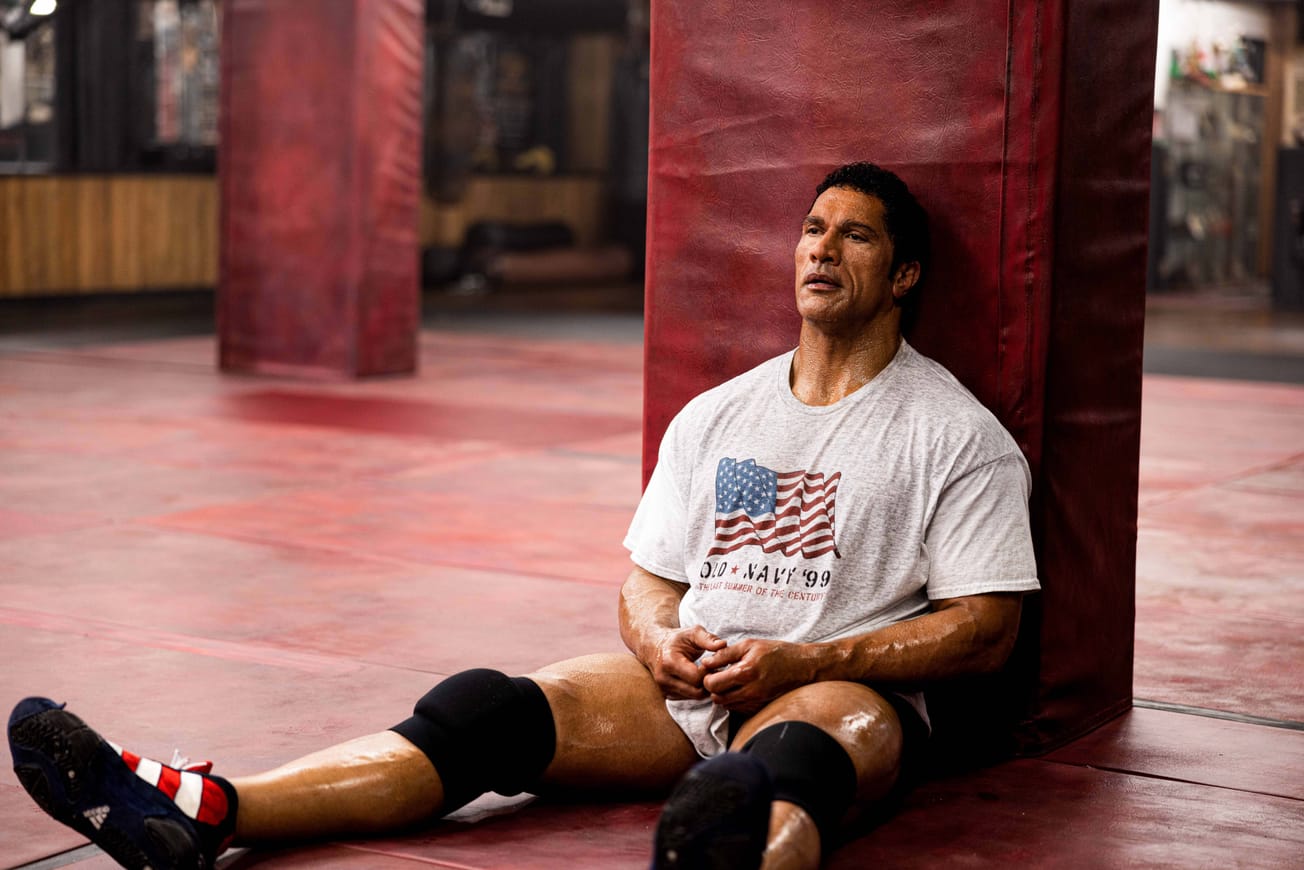By Nuramin Hakimi, First Year, LLB Law
The spin-off movie brings familiarity to the Transformers franchise, which has long been missing this level of coherent storytelling.
After five Transformers entries, Michael Bay has established a franchise of dizzying action sequences, blatant racism and homophobia, excessive product placement, and poorly constructed plotlines meant to justify drawn-out battle orgies of alien metal. Bumblebee, directed by Travis Knight, known for Kubo and the Two Strings (2016), bears little similarity with the franchise in any of those regards, escaping the Michael Bay cynicism of the previous instalments while delivering a heartwarming - although by-the-numbers - tale of a girl who finds companionship in a mute alien robot.
Hailee Steinfeld plays Charlie Watson, a teen outcast in 1980s California who air drums to ‘Bigmouth Strikes Again’ by The Smiths and longs to have a car of her own. This leads to her encountering Bumblebee - who now transforms into a VW Beetle à la first generation Transformers toys - while working in a local garage.
Youtube / Paramount Pictures
Even though it’s a character type seen many times, Steinfeld does a good job playing Charlie Watson’s jaded attitude and gothic quirks without making her frustrating to watch. Compared to Shia Labeouf or Mark Wahlberg in the previous entries, Steinfeld shines, making her protagonist the first likeable human in the franchise. This is also thanks, in part, to a competent script, written by Christina Hodson, which develops a deep relationship between Bumblebee and Charlie Watson, albeit borrowing narrative beats from films like The Iron Giant (1999) and E.T. the Extra Terrestrial (1982).
Besides its inspiration from pop culture segments, the script also brings elements from the previous Transformers films. A straightforward good versus evil dichotomy that’s central to the story, along with moments of corny dialogue, does bear some comparison with Bay-formers. However, unlike Bay-formers, these elements work in the film’s favour rather than against it, primarily because director Travis Knight does an adequate job establishing the tone and purpose of the film.
Characters like Sector 7 agent Jack Burns (John Cena) embody the corny, overly serious nature of previously seen military characters in the franchise, but Knight abandons Michael Bay’s almost fetishistic militarism, while injecting a more lighthearted tone, to make characters such as these more bearable. In short, Knight understands he’s making a film for a franchise which originated in the ‘80s to sell toys, and demonstrates refreshing restraint because of it.
Your daily dose of Hollywood racism: actor Ravi Patel on working with Michael Bay. Wow. https://t.co/cboX7cUpVy pic.twitter.com/lt6nZ9WTns
— Saladin Ahmed (@saladinahmed) November 9, 2015
This restraint is also seen in how Knight utilises action in Bumblebee. The action sequences are shot in wide, stable angles - a breath of fresh air from the shaky, incomprehensible, destruction-porn sequences of the Bay’s films. The sequences are also more clearly choreographed, with Bumblebee and the Decepticons occasionally using objects in the environment in fights which only involve a handful of Transformers.
It’s hard to miss much from previous Transformers films while watching Bumblebee. The 18 year-old, female protagonist isn’t subject to shameless creepshots, the Transformers aren’t a jumble of unrecognisable metal and actually resemble Generation 1 iterations of their respective characters, the human characters aren’t irritating to watch, and there’s no gross or cringey humour to be seen. Perhaps the lack of Transformers motif by Steve Jablonsky might leave a slight hole.

IMDb / Bumblebee / Paramount Pictures
Aside from that, Bumblebee makes you wish it wasn’t a prequel and is the first live-action Transformers film which isn’t embarrassing or nauseating to watch.
Featured Image: IMDb / Bumblebee / Paramount Pictures
Were you a fan of the Michael Bay Transformers films or are you happy to see the changes?
Facebook // Epigram Film & TV // Twitter









